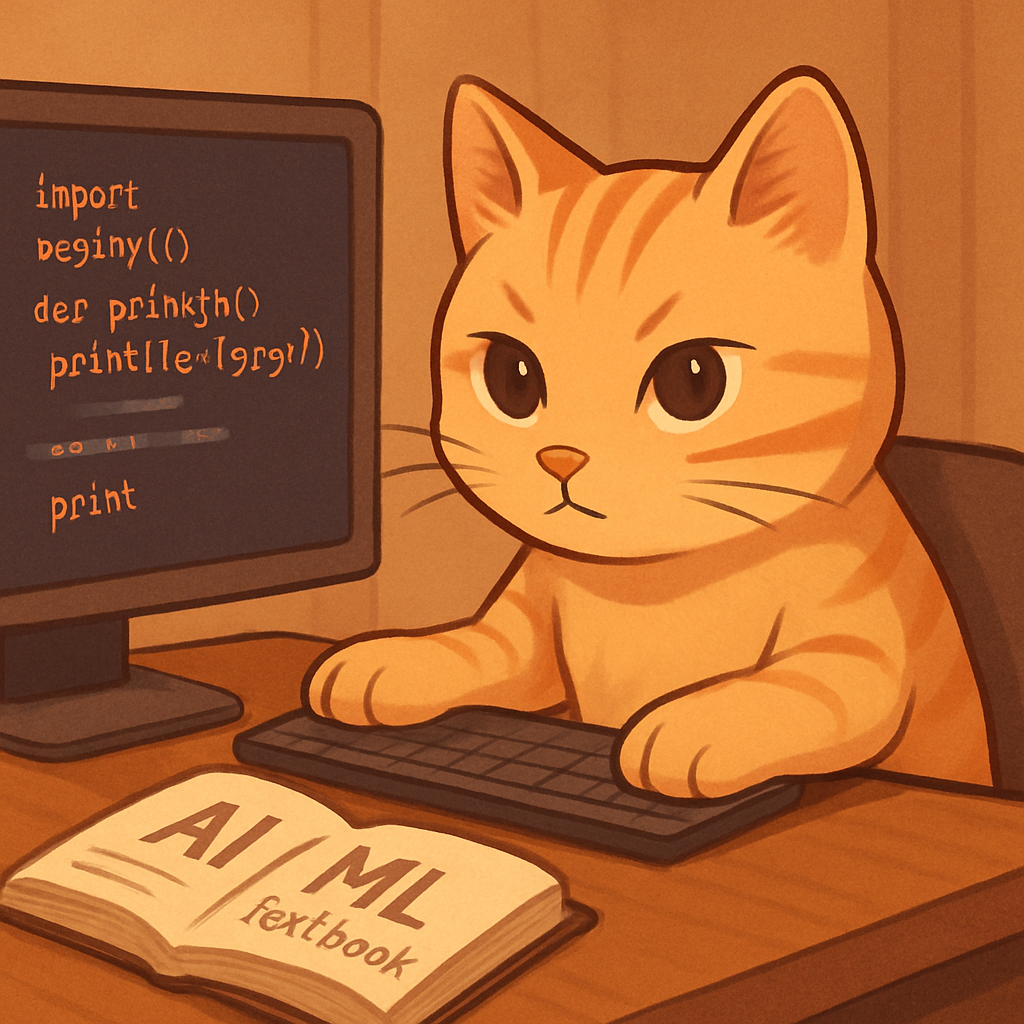Learning Python Data Structures: List, Tuple, Dictionary
Why I studied this
I’m learning about basic data structures in Python.
Lists, tuples, and dictionaries are very useful and appear in almost every program.
I wanted to understand how to use each one and when to use them.
What I did
List operations
a = [1, 2, 3, 4]
b = [5, 6, 7, 8]
c = a + b
print(c)
a.extend(b)
print(a)
del c[0]
print(c)
del c[4:]
print(c)
a = [4,3,5,6,7,32,3,23,24,23,57,234,35]
a.sort()
print(a)
a.reverse()
print(a)
I practiced adding, extending, deleting, and sorting lists.
Tuple basics
a = (1,2,3,4,5)
print(a, type(a))
a, b, c = 5, 7, 9
print(a, b, c)
def myfunc1():
return 3, 4
a = myfunc1()
print(a)
Tuples use parentheses and are immutable.
They are faster and safe for fixed data.
Python automatically packs multiple return values into a tuple.
Dictionary usage
colors = {"red": "빨간색", "blue": "파란색", "green": "초록색"}
print(colors["red"])
print(colors["blue"])
colors["black"] = "검은색"
colors["red"] = "빨강"
if "pink" in colors:
print(colors["pink"])
else:
print("pink does not exist")
print(colors.keys())
print(colors.items())
Dictionaries use keys and values.
I learned how to access, add, and update values.
If the key doesn’t exist, it’s better to check before accessing.
What I learned
- Lists are flexible and good for ordered data that can change
- Tuples are fast and useful for fixed collections and multiple returns
- Dictionaries store key-value pairs and are perfect for lookups
What I want to do next
I want to practice sets and also learn how to combine different types in one structure like list of dictionaries or tuple of lists.
